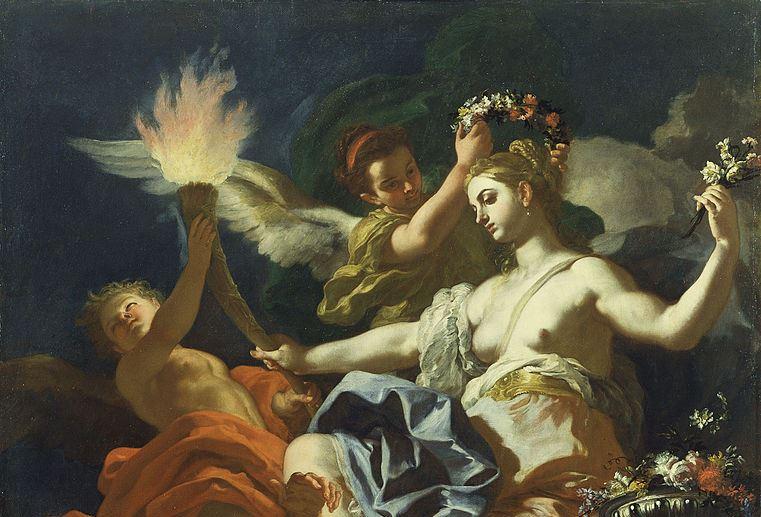Aurora was the personification of the dawn in Greco-Roman mythology. She was a child of the Titans, who were the 12 primordial gods born to heaven and earth. She was sister to the sun and moon deities and mother to the winds and stars.
According to the “Homeric Hymn to Aphrodite,” Aurora, also called Eos, fell in love with the mortal Tithonus, whom she found beautiful. She used her chariot to abduct and keep him to herself. Loving him dearly, she asked Zeus to make Tithonus immortal, and the god granted her request.





